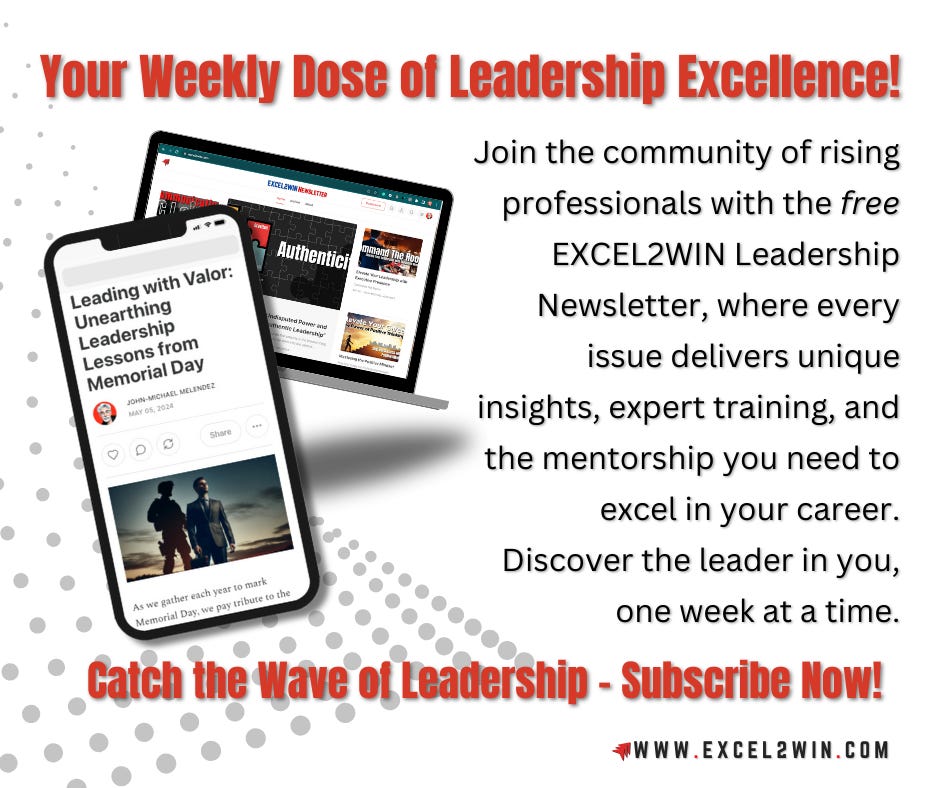Lost on Day One? Here’s What to Do When Onboarding Goes Sideways
“Success depends upon previous preparation, and without such preparation there is sure to be failure.” – Confucius
I still remember walking into my first day at a new job feeling like I’d finally made it. Crisp outfit. Brand new notebook. That mix of nervous energy and excitement bubbling up. But by lunchtime, the dream started to unravel.
No one really knew I was starting that day. My manager was double-booked. The laptop I was promised? Still in a box, waiting for IT approval. I ended up shadowing someone who looked just as confused as I felt—and they’d been there for six months. I left at the end of the day thinking, “Did I just join a sinking ship?” Or worse… “Did they hire me by accident?”
If you’ve ever felt more lost after your onboarding than before it, you’re not alone. Let's talk about what to do when your welcome mat feels more like a trapdoor.
The Welcome That Wasn’t
First impressions matter. So when your first few days are filled with awkward silences, unassigned tasks, and a general sense that no one knows what you’re supposed to be doing… it’s tough not to take it personally.
But here’s the thing: a bad onboarding experience doesn’t mean you’re the problem. It often means there’s a systems gap. Maybe the company grew too fast. Maybe people are wearing too many hats. Maybe no one ever built a proper onboarding process to begin with. It’s frustrating—but it doesn’t have to define your entire experience.
Okay, So Now What?
When onboarding falls short, you have two choices: wait and hope things get better, or take ownership of your own learning curve. The second option might sound unfair, but it’s also empowering. It puts you in the driver’s seat.
Here are a few ways to get started:
1. Ask Better Questions
If you’re not getting clear instructions, ask specific questions that help you uncover what’s expected. Instead of “What should I do?” try, “What’s one thing I can take off your plate this week?” or “What’s the first small win you’d like to see from me?” These questions show initiative and help cut through the noise.
2. Map Out What You Do Know
Sometimes the confusion feels bigger than it actually is. Write down what you do know: the team structure, tools you’ve been given access to, the broad goals of your role. Then make a list of what you’re unclear on. This gives you a roadmap for what to clarify with your manager or teammates.
3. Find Your Go-To Person
There’s almost always someone who knows “how things work” behind the scenes. Maybe it’s an executive assistant, a tenured coworker, or someone from another department who just gets it. Build a relationship with that person. They might not have all the answers, but they probably know where to find them.
4. Start a Wins List
This might sound cheesy, but tracking your small victories—yes, even figuring out the printer—keeps you from falling into the “I don’t belong here” trap. Your confidence builds faster when you can see progress, even if it’s not flashy.
5. Give Feedback (When It’s Time)
Once you're a few weeks in and have your bearings, consider gently offering feedback about your onboarding experience. You might say, “Hey, I noticed there wasn’t a lot of structure when I started. I’d love to help put together a simple checklist or welcome doc for future hires.” It’s a classy way to lead from wherever you are.
Leading Yourself First
The truth is, the modern workplace is changing fast—and not every organization has caught up. Sometimes leadership hasn’t noticed how broken the onboarding process has become. Sometimes, they’ve just been too swamped to fix it.
But this is also your chance to show what kind of professional you are. When things are unclear, and you still find a way forward? That’s leadership. Not the flashy title kind—but the kind that starts within. The kind that says, “I’m resourceful. I can adapt. I can create clarity where there was none.”
And when your manager does catch up and notice, they’ll remember how you handled those early weeks. Trust me.
You’re Not Lost—You’re Just Unmapped
If your onboarding felt like a scavenger hunt with no map or prizes, you’re not broken. You’re in a learning season. And those seasons are tough—but they’re also full of growth. You learn to advocate for yourself. To ask better questions. To read between the lines. All things that will make you a stronger, sharper professional down the road.
So hang in there. And while you’re figuring it out, give yourself some grace. You don’t have to get it perfect—you just have to keep going.
Before You Go…
If this hit home, and you're looking for more real-world leadership and career growth tips, make sure to subscribe to the EXCEL2WIN Leadership Newsletter. You’ll get fresh, relatable insights on personal development, career moves, and how to show up as a leader—even when things feel messy.
Because the truth is, leadership isn’t about having all the answers. It’s about staying in the game long enough to find them.
Let’s keep growing—together.
“The First 90 Days: Proven Strategies for Getting Up to Speed Faster and Smarter” by Michael D. Watkins
Let’s be real—starting a new job can feel like you’ve been dropped into the deep end with no life jacket. If your onboarding was missing, messy, or just plain nonexistent (sound familiar?), The First 90 Days by Michael D. Watkins is the guide you didn’t know you needed. This powerful playbook is all about how to take control during your early days in a new role—especially when no one’s showing you the way.
Watkins, a leadership transition expert, gives you a clear roadmap for building early momentum, even in chaotic or confusing environments. He walks you through how to diagnose your team’s needs, form critical alliances, and secure early wins that help you stand out (and feel less like an imposter). Think of it as a strategy guide for the “figure it out” phase of your job.
If "Lost on Day One?" struck a chord, this book is your next must-read. It’ll help you move from confused and overwhelmed to focused and confident—on your terms.
Ready to own your first 90 days and lead from day one? Grab your copy of The First 90 Days now.
And for more tools to lead yourself and others, subscribe to the EXCEL2WIN Leadership Newsletter—because success loves strategy.







That was a great read. I actually experienced that in the past where I join a company and did not feel like I adopted to the culture until 4 months in. It took me a while to understand the process as I felt like most other employees who are training me did not give clear instructions or steps and away for me to feel confident. However, 6 months later, we had a new hire. She got to express the same feeling to me about her experience. That's when I realized maybe it wasn't me but the company's approach. If I read this article before hand, I think I would have adopted a lot quicker and succeed way earlier.